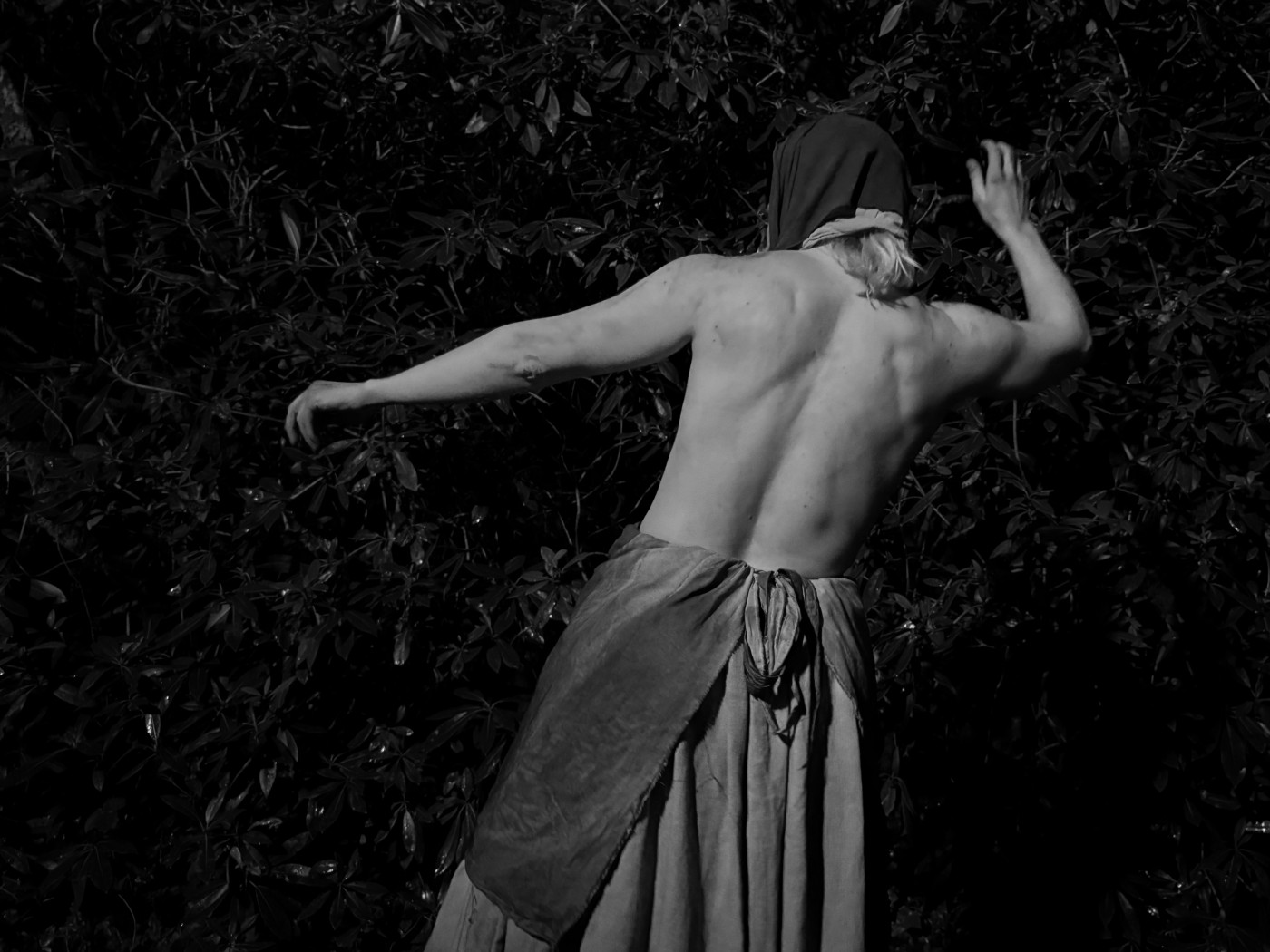- youtube
- bluesky
- Home
- About
- Costume Journal
- Membership
- Conference & Events
- Grants & Awards
- News & Social
In this week’s blog, Costume Society member and costume designer Tori Hitchens takes us behind the scenes of her recent homage to 19th-century female miners.
This project began with a desire to defend those whose work life was discussed and publicised by the Mines and Collieries Act of 1842.
Queen Victoria commissioned an investigation to determine why there were such frequent and large mining disasters.
What was passionately brought to light by Lord Ashley alongside the appallingly dangerous and exploitative conditions of labour underground, was that females wore trousers and were often topless; a uniform borne out of necessity for the poorly ventilated, wet and cramped conditions of those employed in roles such as hurrying; pulling a coal and rock laden cart on all fours, with a chain tied to a girdle and passed between the legs.
Being scantily clad, hunched and bleeding if not from being beaten then from sores due to chain friction, in close confines to men wearing much of the same was a humiliating and dangerous reality for most.
Whilst some welcomed the ban, those whose families relied on the income would struggle further; some being unemployed all together, whilst others became increasingly exploited by colliery owners who ignored the ban, paying even less than before. Some collieries gave women jobs at the pit brow, sorting rock from coal.
Due to the findings regarding the undress and proximity of workers of all genders and ages being a key driving force in getting the act passed; the women became the subject of ridicule and scorn in media and urban society. Their practical clothing choices were mocked, with reference to the women themselves being ugly and genderless, with loose moral compasses.
Although I contextually understand Victorian cosmopolitan sensibilities, and the concern around the vulnerability of nude women and children at work; I find it disturbing that those whose lives were already very difficult were to become further burdened by personal attack and ridicule.
Part of my research involved examining photographic portraits of pit brow lasses.
A prominent figure in this area is photographer William Clayton, who spent time across the northern counties and Wales.

Image courtesy of Tori Hitchens
Costume Designer and Photographer
www.torihitchens.com
Looking at images of the workers photographed I felt I recognised these women as my peers somehow.
Imagining a day in their life; the environmental difference between their walks to work, leather footwear and layers of cotton and wool being the only defence against the elements; versus the cramped, damp heat of the underground, working waist high in water.
Imagining the surplus of material from skirts, the restriction of corsets and bodices impacting physical movement for 12 hours a day in those conditions, I concluded that in such a predicament myself, without alternative, being topless and trousers would likely be a very practical solution.
My aim was to counteract the negative perceptions cast by the gossip-led, poising them in their spirit of strength, camaraderie and beauty.
For more examples of costume design as a tool for social research and exploration, revisit one of our previous blog posts on the project of one of the Society's Yarwood Grant.